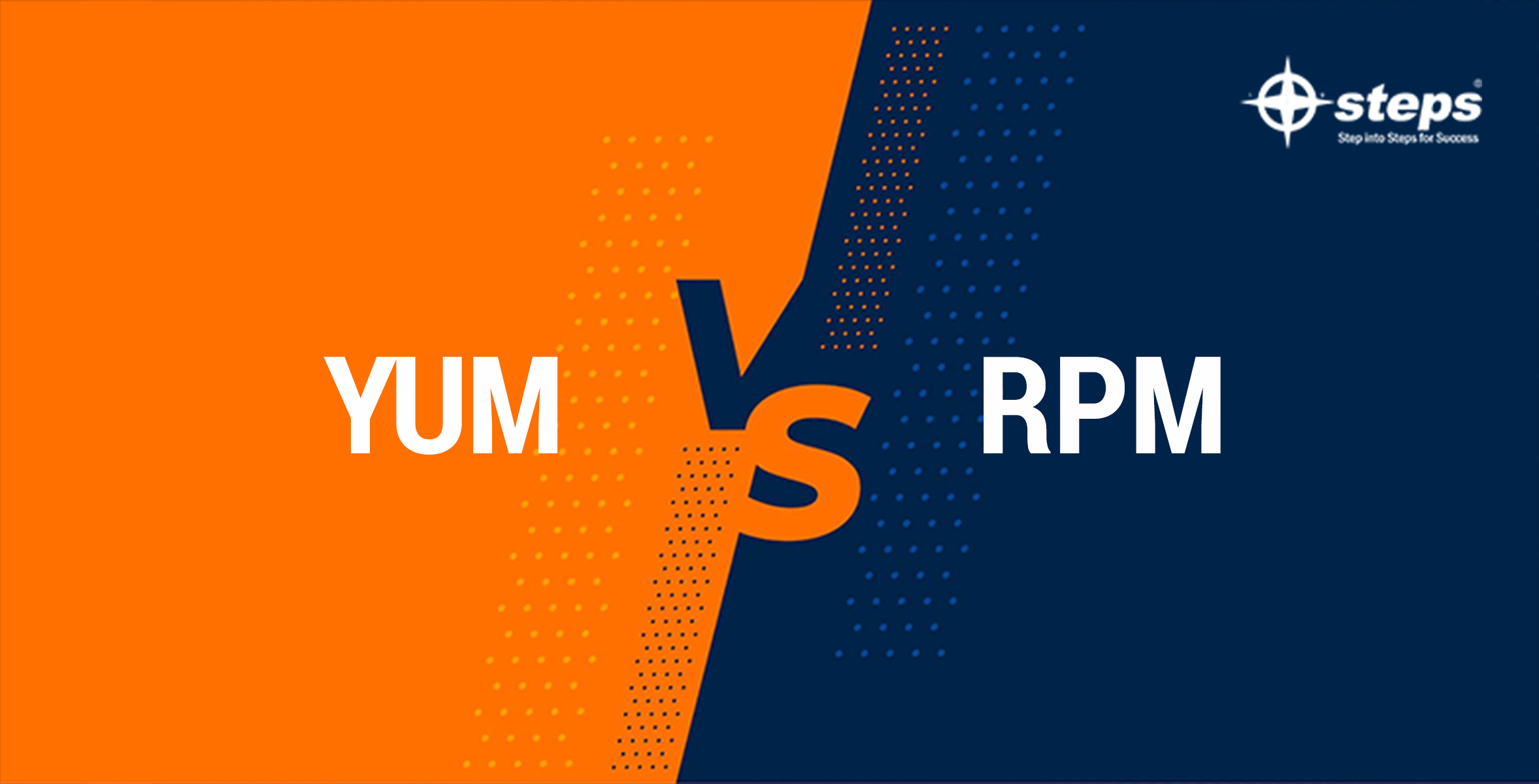DIFFERENCE BETWEEN YUM AND RPM
A package manager is a piece of software that manages packages, installing, updating, and upgrading the ones that are needed while archiving the remainder. So, what are Yum and RPM’s roles in this?
Yum and RPM are two popular Linux package managers. They’re used depending on the Linux distribution and your specific requirements. However, many people have difficulty distinguishing between the two.
Yum vs RPM
Yum and RPM vary in that Yum can only install packages that are available in its repository, whereas RPM can install numerous packages with the correct file name and.rpm extension. Despite the fact that they are both packaging managers with the same primary function of installing, updating, and upgrading packages, they operate in distinct ways.
What is Yum?
Yum stands for Yellowdog Upgrader Modified, which was released in 2003 as a modified or updated version of YUP or Yellowdog UPgrader. It is determined by RPM.
It is mostly used on RPM-based Linux systems and relies on RPM to fulfill its operations, but it is also used to manage, install, and upgrade packages in RPM-based Linux systems.
Yum can carry out all of the functions by relying on RPM. It is capable of detecting and resolving dependencies. It cannot install multiple packages like RPM, but it can install packages that are already in the repository.
Yum can also scan for outdated packages and update them to the most recent versions. It likewise relies solely on internet data repositories.
What is RPM?
The RPM (Redhat Packaging Manager) program was created in 1997. It’s a modified version of the package managers that debuted in 1993 with the.pm extension. With a few additional features and benefits, it became one of the most powerful and long-running package managers for Linux systems.
It’s a free open-source package management system that runs on Linux distribution systems and can do things like install, uninstall, scan, upgrade, and update.
Yum is required for the management of RPM-based Linux systems because it is unable to detect and resolve dependencies on its own. But, unlike Yum, it can install multiple packages if we provide the correct file name with the.rpm extension. The package manager would be able to discover the file more easily as a result of this.
For any of its functions, RPM does not rely on web repositories, and it cannot scan or upgrade itself or its packages to the latest versions. It can only show the version that is currently available.
Main Difference between YUM and RPM
Even though Yum and RPM are both Linux system packaging managers, their meanings are distinct. RPM is a low-level package manager that performs fundamental functions on RPM-based Linux systems, whereas Yum is a top-level front end packaging manager that operates on RPM-based Linux systems.
Between 1999 and 2000, YUP (Yellowdog UPgrader) was created and fully developed. Yum is the upgraded version of YUP, which was redeveloped or enhanced in 2003. RPM or Redhat, on the other hand, was created in 1997.
Yum can automatically search, detect, and resolve dependencies, whereas RPM cannot. The dependencies are not resolved.
RPM allows you to install many packages with the only requirement being that the file name with the ‘.rpm’ extension is correct. Yum, on the other hand, only installs packages that are currently available in its repository and displays those that are already installed.
Despite the fact that one of the functions of the packaging manager is to install and update Linux system packages, RPM does not allow current packages to be upgraded, whereas Yum scans, and alerts, and upgrades them to the latest version.
Yum is also the program used to manage RPM in terms of packaging managers, despite RPM being difficult to install and upgrade.
There are a number of RHCSA training in Kochi that can help you gain sufficient information on this subject. The best teachings and talents come from the best solutions courses. As a result, prepare for the future with RHCSA courses in Kochi.

